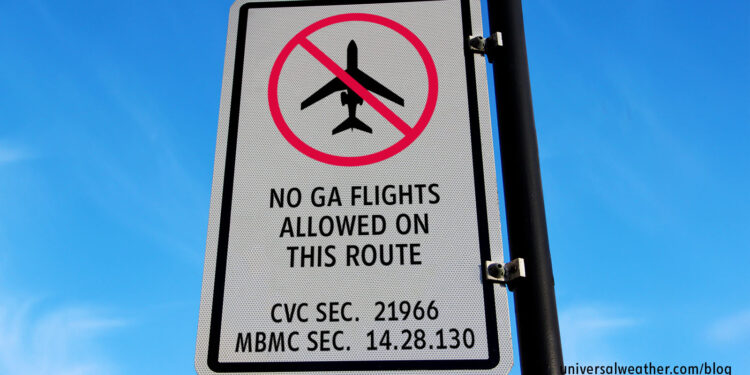International Flight Planning 201: Random Routes and Route Restrictions

This aviation blog post is part of a series on international flight planning for business jet operators and continues from our last post titled “International Flight Planning 101: 5 Things to Know before You Start.”
For business-aviation flights, random routes (any routes not established or charted/published or otherwise available to all users) are available in certain regions of the world and may be beneficial in terms of operational flexibility or catching a jet stream. Most of the world, however, will not allow you to random route, and in other regions such routes can be problematic. Best practice is to flight plan based on airways and to understand the many restrictions and unique regulations that govern use of these international airways.
1. Is it best to run random routes and use those for actual flight plans?
Best practice is to file flight plans based on airways and generally avoid random routes. The Cape Verde island region, for example, has become very congested with traffic crossing from Africa to the Caribbean and North America. Even if not on airways, you’re restricted to specific intersections. Business-aviation operators flying random routes in this area often find themselves re-routed with significant delays. Random routings are permitted across areas of the Pacific (for example, Guam or Saipan to Hawaii) and can be advantageous in catching a jet stream. Over parts of the Atlantic, including from the Caribbean to Europe or north to south routings, operators are often able to random route effectively.
2. What are some of the pitfalls when using random routes?
While you can random route over parts of the North Atlantic, it’s important to be careful when doing so. When random routing above RVSM airspace over the top of North Atlantic Tracks (NATS), always try to ‘shadow’ that track. It can be unnerving if you have an issue while random routing above NATS and must descend through traffic below. Keep in mind that, even with random routings, you must conform with correct entry and exit points, on both sides of the Atlantic, to avoid operational delays and in order to uplink oceanic clearances. The above is just one example of many issues that may arise when using random routes.
3. Are there routes that may be absolutely restrictive?
Chinese airspace is the most restrictive region in terms of routings. You must submit a requested route when applying for overflight or landing permits, and the Chinese Civil Aviation Authority will advise if it’s approved or if any revisions are deemed necessary for the Chinese portion of the routing. The same procedure is in place with Mongolia. Additionally, China, Mongolia, and Russia require that you use approved entry and exit points. These points must align for all three countries when overflying the region. Routing restrictions exist between India and China. When operating through Pakistan into China, the ‘Purpa’ route is the only airway available. To avoid Pakistan, another option is to route from India to China via Bangladesh and Myanmar (Burma) airways. Be aware that what’s published on a chart might not be useable. China, India, and Russia have airways that are for scheduled commercial airlines only. India has many ‘timed’ airways that require careful planning. As a result, if you file for a departure time and subsequently change it, check to confirm that the timed airway is still open. Pakistan allows overflight at max altitude of Flight Level (FL) 400, and this may impact your range. When flying from Shanghai (ZSSS or ZSPD) to the U.S., there are altitude restrictions when entering Japanese airspace. You must be at FL 410 before reaching the end of China’s airspace, which is only 140 nm from Shanghai, or you’ll be kept below FL 290 for approximately 30-40 additional minutes before you can climb higher.
4. What are examples of restricted airways?
J airways across Pakistan, W airways across India, and V airways in Saudi Arabia are restricted to scheduled airline traffic. You cannot overfly Israel at all, and you cannot overfly Taiwan on your way to China. Kashmir and Tibet do not have airway structures, and you cannot overfly these regions. Routes between Turkey and Cyprus are restricted. You cannot, for example, depart Turkey heading for Lebanon and use Cypress as an alternate. You can’t fly from Djibouti to Eritrea because Djibouti is in Ethiopia’s FIR. When flying to Gibraltar, you cannot use a Spanish alternate, and you may not depart from a Spanish airport to Gibraltar. GA operations to Mexico City, Mexico (MMMX) are only permitted if you’re going to see the President of Mexico, unless other special permission is obtained. We occasionally receive requests to use routes that are not possible, such as operating up the Red Sea without permits. These operations are non- compliant and therefore must be avoided.
Questions?
If you have any questions about this article, contact me at markmiller@univ-wea.com.
Later, we’ll discuss revisions to routes and permits during your international flight planning.




